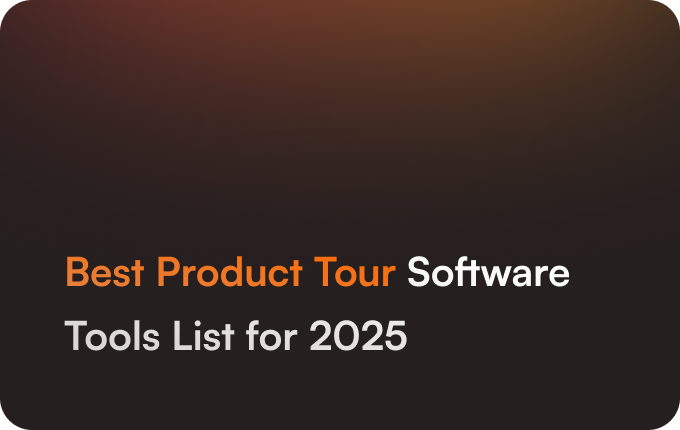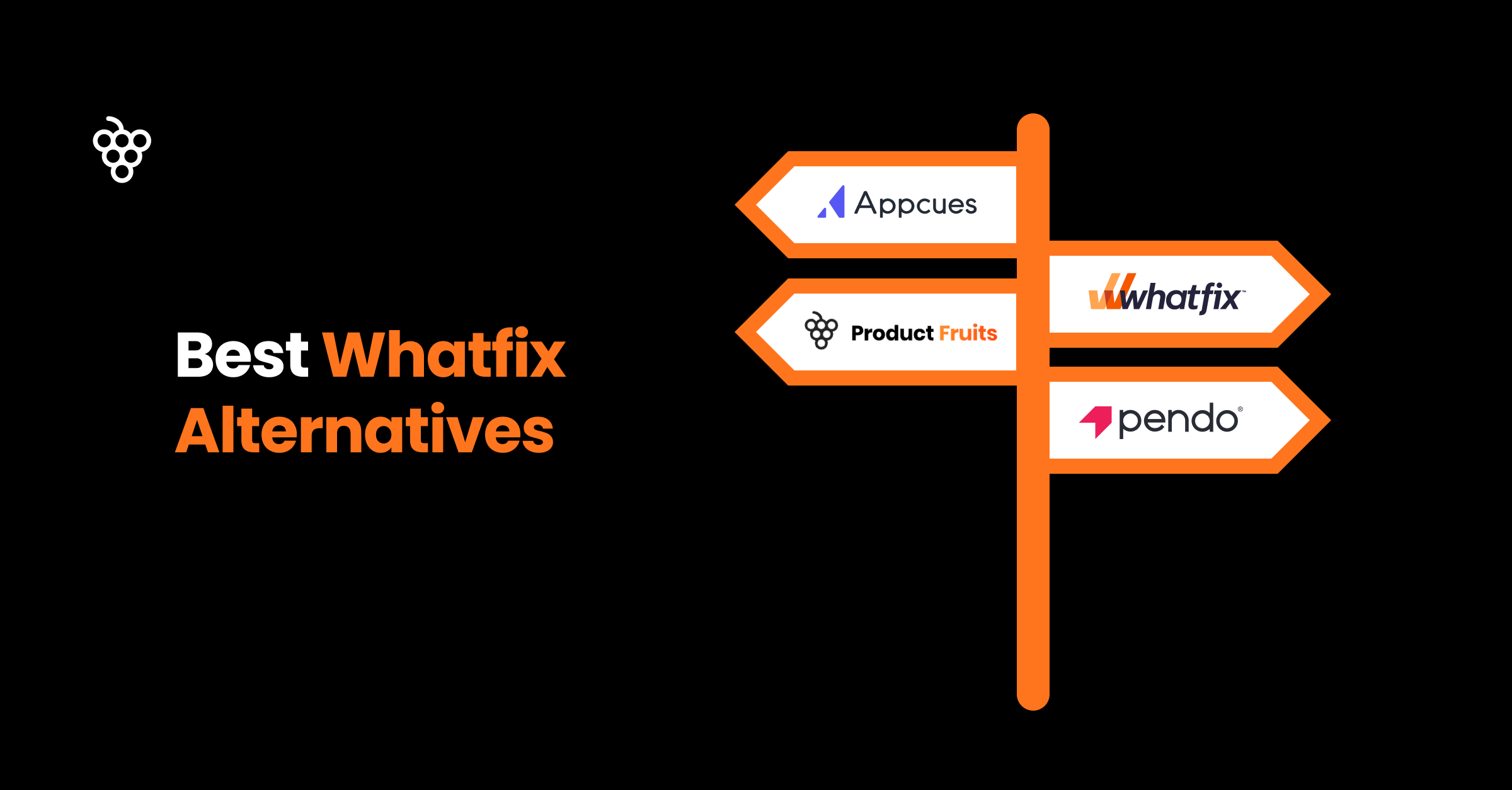
TEMPLATE Product Onboarding Best Practice for New Customers



Map the onboarding journey around user goals
Imagine starting a road-trip without a map: you would miss every landmark worth seeing. The same logic applies to product onboarding best practice for new customers. When users arrive, they need a route that guides them to an early “aha” moment, not a maze of unexplained menus.
What is even more important, market data confirms this works: In Mixpanel’s 2025 Product Benchmarks, teams that surfaced first value inside five minutes retained 42 % more users after 30 days. That single metric frames every recommendation below.
Also, remember that what may seem to be a good enough retention or reasonable monthly customer attrition / churn rate results in much larger figures when projected annually:
- with 3,5 % monthly churn, you have to replace more than 30 % customers over a year period,
- with 5 % monthly churn you are looking at almost 50 % replaced over a year,
- and with 10 % monthly churn you need to replace more than 70 % of your customer base over one year.

Personalise the very first experience
Today’s users expect tailored journeys. Calm opens with a single question—“Better sleep or less stress?”—and adjusts screens before asking for an email. That micro-personalisation makes people feel seen and speeds them to value.
Personalisation also prevents information overload. By hiding irrelevant steps you keep cognitive load low and confidence high.
- Ask one to three intent questions up front.
- Store answers in a lightweight “onboarding state” object for instant UI changes.
- Branch emails, tours and nudges based on that state.
The future? AI segmentation tools can already predict intent from first-session clicks and can auto-select feature tips within 60 seconds, in future, these will be able to auto-generate custom individual hints, tips or tours for each user.
Create a visual guidance with product tours
Product tours create a visual roadmap. The goal is to familiarise users with layout and key actions, not catalogue every feature. Keep tours short—three to five steps—and always let users dismiss them (and if possible, provide user with option to re-launch a dismissed tour, for example through a checklist).
Different tour types suit different contexts. Step-by-step tours offer self-learning flow and remain the most favoured (81 % approval). Video tours deliver a rapid overview; interactive tours layer contextual clues so users learn by doing.
- Step-by-step tour – ideal for complex dashboards.
- Quick video – great for single-purpose apps.
- Interactive tour – balances guidance and exploration.
Overall step-by step interactive tours drive higher trial-to-setup rate than static video alone, just keep them below 5 steps (so called cards).
Empower users with hints and tooltips
Hints and tooltips deliver just-in-time micro-copy. Mailchimp reveals hidden power features by surfacing tiny text bubbles next to new buttons. These nudges turn small discoveries into delight.
Tooltips also double as feature-adoption engines. By highlighting recently shipped options you keep existing customers engaged without intrusive pop-ups.
- Show hints on hover, focus or first use.
- Limit to one sentence; link deeper docs if needed.
- Suppress a hint after two dismissals to prevent fatigue.
Pair each tooltip with a “Learn more” link to your knowledge base, users. There is data to back this: Zendesk reports Zendesk reports that 67 % of users prefer self‑service options over contacting support agents. And a staggering 91 % say they would use a knowledge base—if it actually solves their problem.
Motivate progress with onboarding checklists & gamification
Checklists merge guidance with the dopamine hit of completion. Calendly walks users through creating their first scheduling link, one tick at a time. Each check feels like levelling up.

Gamification extends the effect. Progress bars, points or streaks encourage daily return visits—Duolingo’s approach proves the psychology.
- Limit lists to 3–7 items so every tick moves the bar visibly.
- Reward first completion with lightweight animation or badge.
Heap’s 2024 benchmark report found that adding a visible 25 % progress jump after the first action lifted overall checklist completion by 21 %.
Use surveys to branch and improve
Surveys unlock direct voice-of-customer insight. Squarespace asks new site-builders about their goal and surfaces themes that match. That single question shaves minutes off exploration.
Welcome surveys also fuel ongoing product decisions. Short NPS-style polls at milestones uncover friction invisible to analytics.
- Keep initial surveys under five questions.
- Use branching logic—show follow-ups only on low scores.
- Store answers and feed them into future emails and feature gates.
Tooling tip: connect survey events to your CDP (Customer Data Platform) so marketing and success teams can trigger tailored campaigns automatically.
Provide self-service resources & the life ring button
Relevant resources guarantee an onboarding flow without roadblocks. A floating life-ring opens docs, chat and tutorials. Slab links directly to its knowledge base from the first screen, teaching users to self-serve from day one.
Up-to-date documentation reduces support tickets and empowers independent exploration—an experience 57 % of users already prefer.
- Surface FAQs inside the life ring widget.
- Embed short videos for visual learners.
- Add search so users jump to answers instantly.
Latest tech: AI chatbots trained on your docs can now resolve 40+ % of first-week queries without human intervention (and for some use cases, can reach up to 60% resolved queries without escalation to live support). Moreover, with techniques like RAG, they minimize hallucinations.









